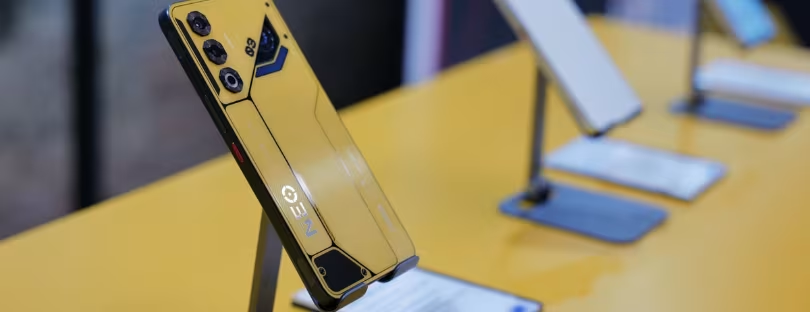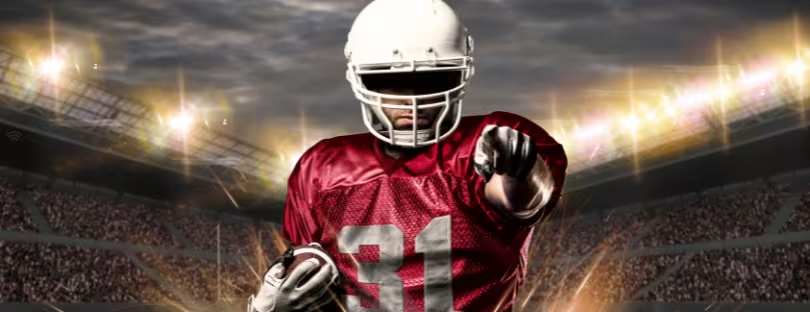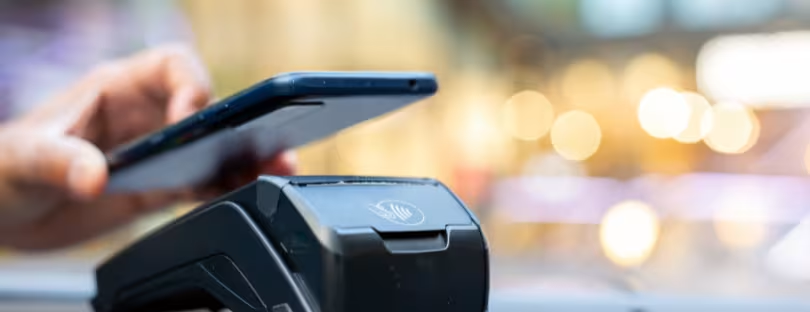
5 Tips To Design Better Wearable Devices
Wearables are one of the hottest devices in the tech industry right now. In fact, the number of wearable devices has doubled in just three years, increasing from 325 million to 722 million from 2016-2019. In 2022, it’s forecasted to reach up to one billion. Wearable Devices design
As you can see, the potential for the wearable market is impressive. If you’re a tech development company, it only makes sense to start designing wearable devices. In this article, you’ll see some valuable tips to keep in mind if you want to design wearable devices the market will fall in love with.
1. Ensure Better Prototyping Wearable Devices design
While you may have an incredible idea for your wearable device, not all wearable device designs are possible to develop with maximum functionality. This is particularly true for smaller projects when you’re trying to test the market waters. Wearable design becomes even more complicated when considering developing wearables for medical purposes. Ensure to choose the best medical device prototyping services and go for expert consulting on what makes an effective wearable design.
Prototyping services are helpful throughout your product design and manufacturing process. They can help perform thorough assessments of all aspects of the designing process and handle everything from prototyping to testing and development. Proper prototyping helps rescue the transition times from design to production, accelerating project completion.
2. Design For Low Power
In general, users want a wearable that’s always on. But the smaller forms of wearable devices also mean a small battery, limiting their battery life. You should design your wearables with smart technologies that ensure low-power applications and functions. You should also do a thorough test to ensure the processor can operate as efficiently as possible but uses less power.
Consider using and implementing advanced power management techniques such as intelligently turning the power on and off for specific clusters or cores. This enables clock gating and power management decision processing.
You should also design wearables to support low power standards that allow a prolonged ‘always on’ functionality. For instance, Bluetooth LE is a power-friendly version of the standard Bluetooth wireless tech for functional and battery-friendly connectivity.
3. Minimalistic Interface Is A Must
Due to the small size of wearable devices, cluttered interfaces can provide a frustrating experience for users. Device users should be able to read whatever they place on the screen and easily navigate while moving. Thus, minimalistic design is the best design option for wearable devices.
Everything from typography, color, content, and the wearable devices’ user interface (UI) should be straightforward. In terms of typography, the best typeface to use is Sans Serif options to keep things readable. You also need to consider implementing color contrast, allowing for easy-to-see elements. Test your color contrast in real-world environments, particularly during daylight. Users should easily read its content at a glance.
In addition, have enough space between elements. Too much space can limit the content, but limiting space can make it difficult to read or see the content. Find the proper balance to ensure readability, ease of use, and function. Keep in mind that the growing demand for some devices like body cams and others increase the competition. Your design should stand out to get a good share of the market.
4. Reduce Interruptions Wearable Devices design
Incoming alerts and notifications are necessary but sometimes annoying, even more so with wearable devices. With smartphones, notifications may buzz once in a while in your pocket and won’t interrupt you that much. However, when something keeps buzzing on your skin, it can get frustrating and provide a negative user experience.
Thus, you need to keep the interruptions to a minimum. Reduce the frequency of notifications so that it doesn’t become a nuisance to the user. You can also provide the users with the option to configure the kind and timing of notifications they get.
Make sure also to let them disable notifications and alerts when required. You can also provide an option for how the device notifies the user—for instance, a screen glow, vibration, or both.
5. Don’t Forget Security
Security should be on top of your design priority for a wearable device. These devices need multiple layers of security due to the sensitive data they collect and access.
For one, wearable devices must run a secure OS with continuous update support. In addition, data transmission between a wearable and another device like a smartphone should be protected and encrypted. Also, wearable devices should be able to store personal data in trusted cloud services.
Take Away
Designing a device that’s even smaller than a smartphone can be quite challenging and complicated. That said, by following the above tips, you should be able to develop a well-designed wearable prototype that’s not only functional but also intuitive and helps satisfy your customers’ needs.










